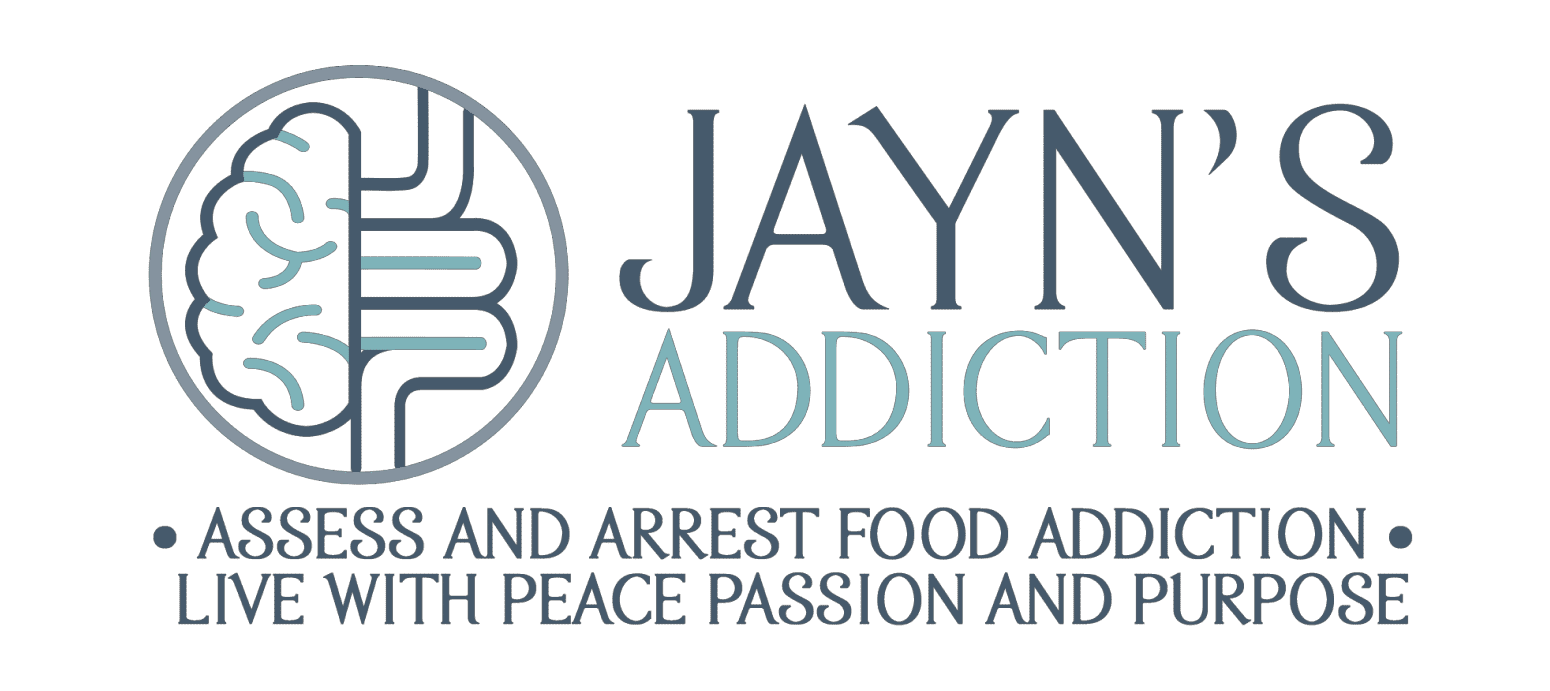Somatic Awareness and Embodiment
We tend to ignore our bodies in our culture – our minds and thoughts and what we can produce seems to be more important.
Yet, how we feel is just as important, if not more, because our feelings are what drive everything. We develop addictions to avoid feelings of pain and discomfort and to enhance our feelings of pleasure. So whether we want to admit it or not, our feelings, not our thoughts, are actually ‘driving the bus’.
Regular ‘checking in’ to the wisdom of our bodies brings us awareness, power and choice. We can learn what supports, heals and nourishes us. It’s in our bodies that we experience the joy, pain and richness of life. Worth getting curious about and paying attention to!
When I first came into recovery, I was completely numb – I had no idea what I felt. The only feelings I could name were anxiety/depression/discomfort/hate. I was uncomfortable and used drugs/drinking/eating/purging to get rid of my discomfort.
In recovery, learning to sit still, breathe, and focus on the sensations in my body was a great starting place to begin to build ‘emotional literacy’.
- Sensations – ie. What am I sensing physically in my body parts right now? Ie. Temperature (warm, cold, neutral), contact (with the floor, clothing, air, other body parts, etc), movement (tingling, pulsing, itching, surges, throbbing, tickling, etc)
- Feelings – ie. What am I labelling the sensations I’m experiencing right now? For example, “my friend made eye contact and paid me a sincere compliment. I noticed my heart rate sped up, a surge of warmth in my chest and face – I felt ‘loved’ ‘vulnerable’ ‘embarrassed’ ‘warm’ ‘trust’ ‘open’ ‘intimate’ ‘shy’ etc.
What is interesting about feelings is they are ‘interpretations’ or ‘stories’ we use to label the sensations – some may be ‘positive’ or ‘negative’ or ‘comfortable’ or ‘uncomfortable’.
Noticing our feelings and sharing them enhances our lives because
- it helps us navigate what we like/don’t like and we can make better choices about how we spend our time
- it increases intimacy with others, thereby creating and deepening relationships and
- we can learn how to ‘re-label’ some interpretations and increase the joy, passion/adventure in our lives. For example, “fear” and “excitement” are “feeling labels” for the same cluster of physiological sensations (racing heart, dilated pupils, sweaty palms, high adrenaline, etc). So if I say “I feel scared” of going to a 12-step meeting, and see that fear prevents me from attending, we can experiment with saying “I feel excited” about going to a 12-Step meeting, and notice the courage and willingness to attend the meeting is stronger.
This should result in 1. Being more likely to go and 2. Enjoying being there!
- Emotions – ie. What emotion am I experiencing right now? For example, an emotion is a physical expression of body sensations such as crying, laughing, raised/elevated voice volume/pitch/tone, shaking/trembling etc. and we can label this expression with feelings/interpretation. For example, our child’s teacher calls and says our son/daughter wasn’t in class. We feel a surge of heat in our torso/chest, our heart starts racing, our throat constricts and our hands and feet get cold – we’ve just experienced a surge of adrenaline and we leap into the car and start driving towards the school. We might label that emotion ‘panic’. When we get a call from the teacher five minutes later to say our son/daughter is fine, s/he was just in the bathroom, we then experience a release of muscular tension throughout our body, our shoulders drop, we exhale, and we may feel a surge of sobbing/crying. We might label that emotion ‘relief’.
It is a useful practice to spend a few minutes each day checking into our bodies. A first step might be to focus on our feet, and what sensations we notice ie. Warm, cool, tingly, numb, contact with the floor/socks/shoes/air, etc. There isn’t any right or wrong about what we notice – the point is to observe with curiosity and awareness.
Then move on to what we noticed in other parts of our bodies ie. Tightness in chest, shoulders, calm/regular heartbeat, relaxed breathing, racing thoughts, etc.
It can be interesting to do this with a friend, peer or family member and then share what we notice – to see the similarities and difference in each of our states. Again, not for purposes of comparison or right/wrong but to get to know ourselves and the other on a more intimate and friendly level.
Building body awareness and ‘emotional literacy’ is an important cornerstone of healing from addiction – practicing regular ‘body scans’ throughout each day will tell us, over time, whether we are hungry, thirsty, tired, anxious, content, etc. We solidify a habit of looking after ourselves responsibility and with loving care.
